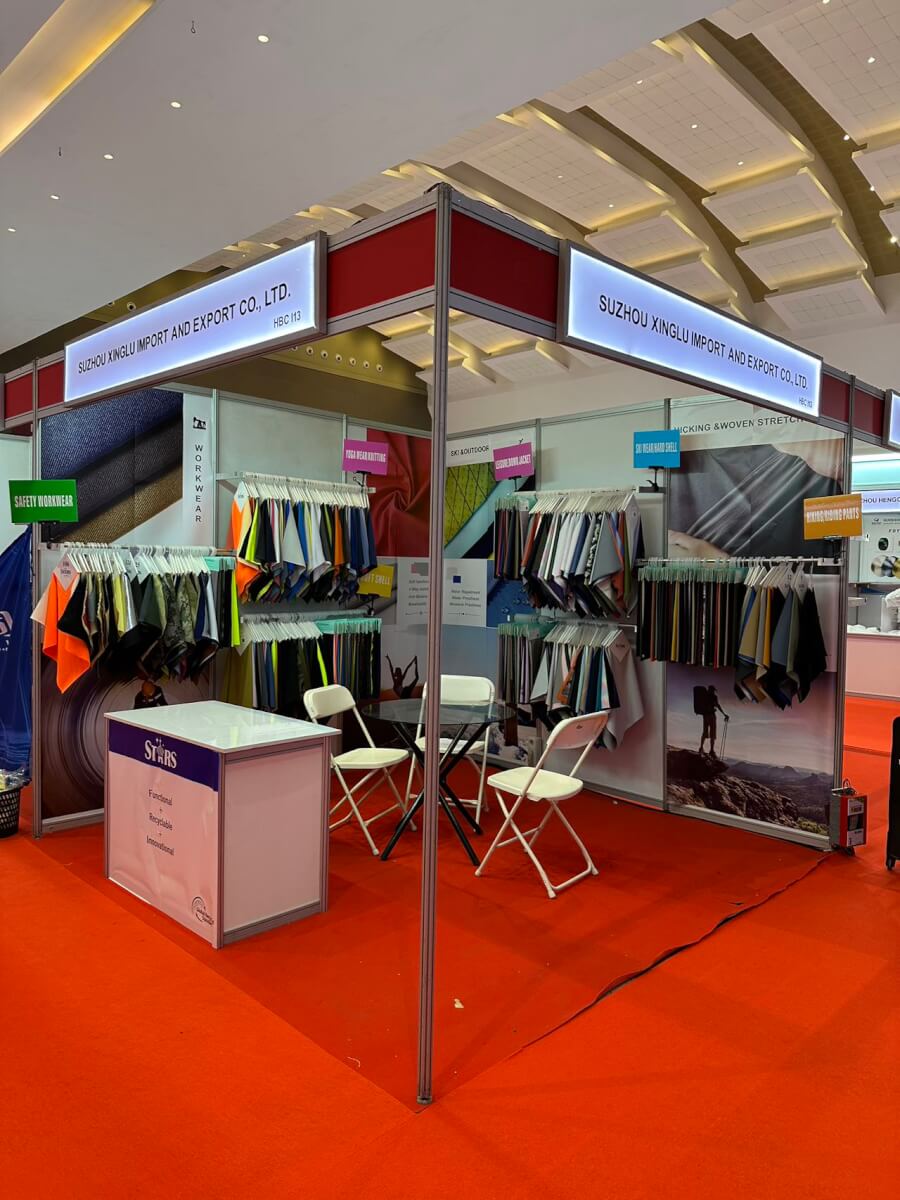PTFE (polytetrafluoroethylene) is a versatile synthetic polymer classified as a fluoropolymer. Fluoropolymers, like PTFE, are made from carbon and fluorine atoms, with PTFE’s main component being tetrafluoroethylene (TFE), a member of the fluorocarbon family.
Key Characteristics of PTFE Fabric
The most notable attribute of PTFE is its hydrophobic nature, attributed to its low dielectric constant. This means that water cannot pass through PTFE, making it ideal for applications requiring water resistance. Additionally, PTFE features an exceptionally high melting point, capable of withstanding temperatures up to 600 K (327°C or 620°F). It also boasts one of the lowest friction coefficients among polymers, making it slippery, easy to clean, and highly abrasion-resistant with significant tensile strength.
Historical Background
PTFE was discovered by accident in 1938 by Dr. Roy Plunkett at DuPont Corporation. Initially intended to develop a new chlorofluorocarbon refrigerant, Plunkett’s experiment led to the creation of a white, slippery substance later identified as PTFE. In 1941, it was patented by Kinetic Chemicals, a joint venture of General Motors and DuPont. PTFE was first used in the Manhattan Project for valve and seal coatings, and later, its non-stick properties were discovered for use in cookware.
Modern Applications and Innovations
In the late 1950s, PTFE became a staple in electrical insulation, with coaxial cables and other wiring using this material. Bill Gore, with his son Bob, developed Multi-Tet wiring, which was used in the Apollo 11 spacecraft. Bob Gore’s experiments with expanding PTFE led to the creation of expanded PTFE (ePTFE), a flexible, lightweight material with numerous industrial and consumer applications.
Production Process
PTFE is polymerized from TFE, produced by combining fluorspar, hydrofluoric acid, and chloroform through pyrolysis, turning the gaseous substance into a liquid under high pressure. Due to TFE’s volatility, it’s often manufactured on-site by PTFE producers. The production involves various chemicals and significant water use, with processes generally falling into suspension or dispersion polymerization.




